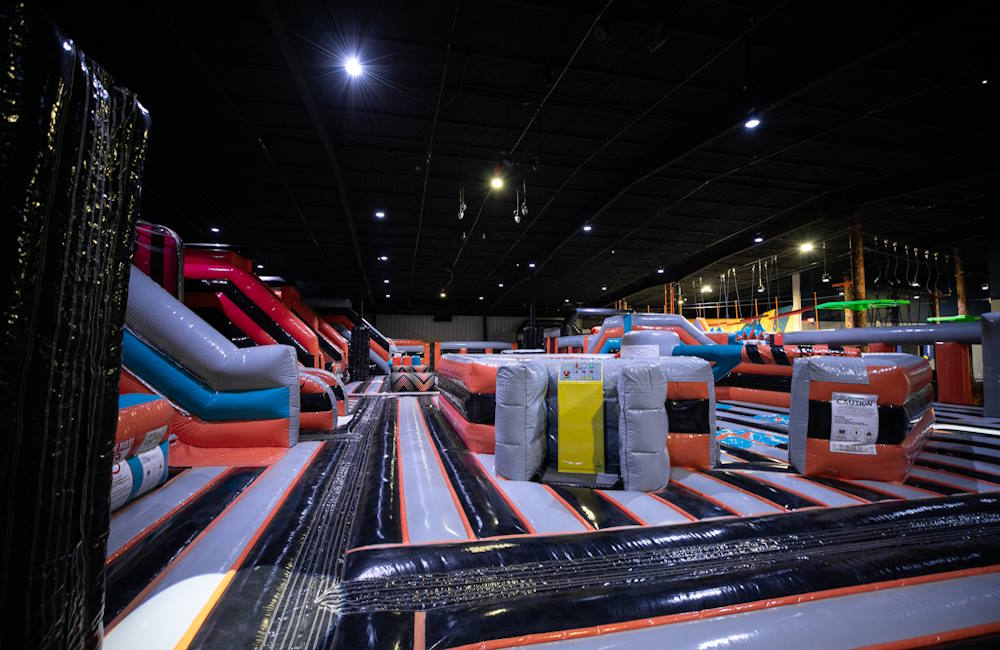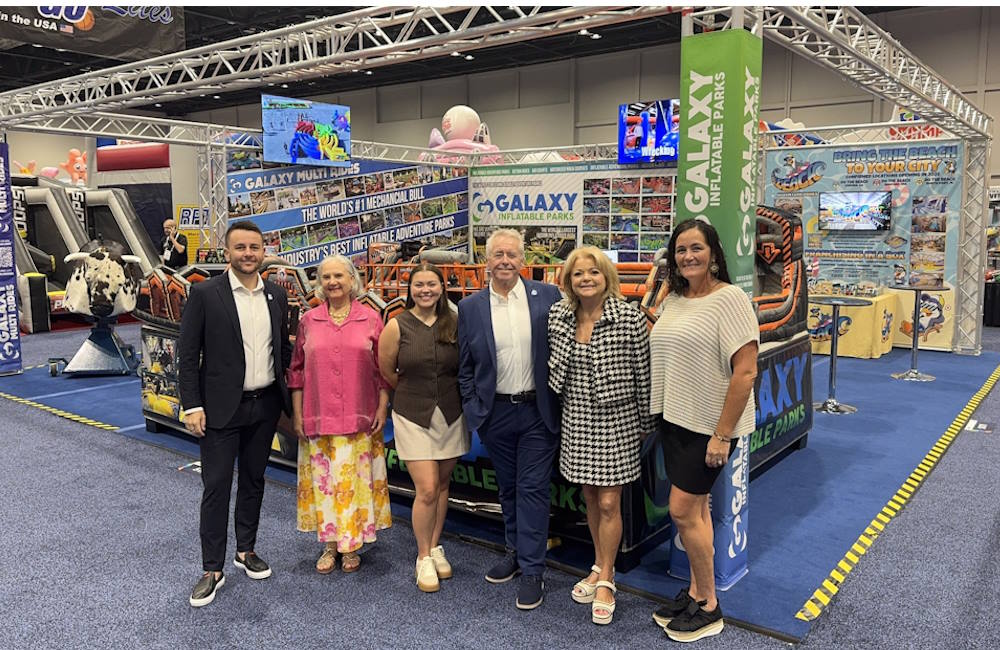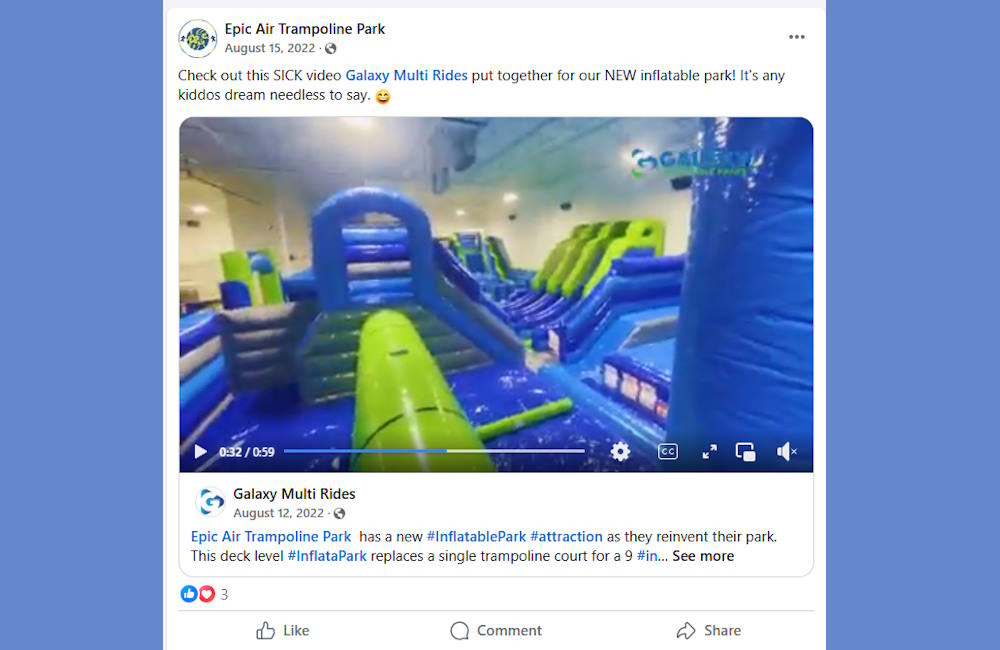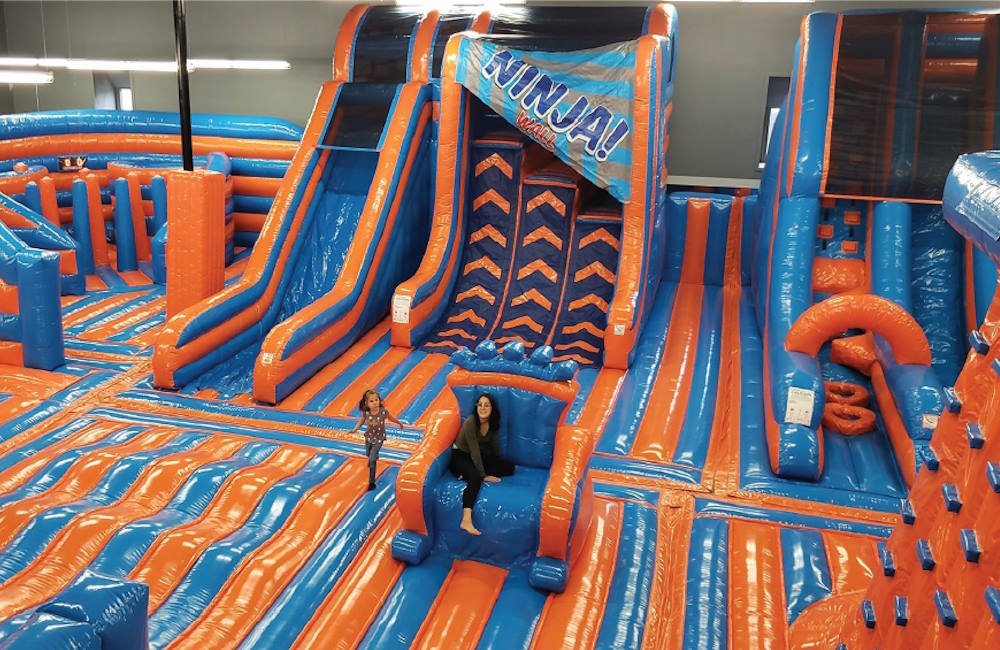For the owners of indoor children’s parks, understanding the variety of play structures available is key to success in business. Today, modern attractions such as inflatable parks offer many options for attractions that will attract new customers and keep them coming back.
Indoor playgrounds are sanctuaries of fun for children, giving them a controlled environment where they can play, explore, and grow. Diverse play structures are central to these playgrounds. They capture children’s imaginations and cater to their developmental needs, a key selling point for many indoor playground customers.
The following offers an overview of the different types of play structures commonly found in indoor children’s playgrounds and explores their importance in fostering physical, social, and cognitive development. They are the type of attractions that keep families coming back for repeat visits.
Slides: The Thrill of the Ride
Slides are a staple in any indoor playground, offering an exciting and straightforward activity that appeals to children of all ages. Available in various shapes, sizes, and configurations, slides provide more than just thrills. They help children develop balance, coordination, and spatial awareness. The act of climbing up to the slide also contributes to muscle development and physical endurance. Moreover, waiting for their turn teaches patience and turn-taking, essential social skills.
Climbing Walls and Ladders: Scaling New Heights
Climbing structures, including inflatable walls and ladders, are designed to challenge children physically and mentally. These structures often feature holds of different shapes and sizes, encouraging children to strategize their ascent. Climbing builds upper body strength, enhances motor skills, and boosts hand-eye coordination. It also fosters problem-solving abilities as children figure out the best way to reach the top. The sense of accomplishment they feel upon completing a climb can significantly boost their self-confidence.
Tunnels and Tubes: The Adventure of Exploration
Tunnels and tubes are fascinating elements that invite children to crawl, hide, and navigate through enclosed spaces. These can be simple crawl tubes or more elaborate maze-like structures. Crawling through tunnels improves gross motor skills and coordination. It also encourages imaginative play, as children pretend they are adventurers exploring a cave or a secret passage. Tunnels can be especially beneficial for younger children, providing a safe and fun way to develop their crawling and spatial awareness.
Bridges and Walkways: Building Balance
Bridges and walkways connect different parts of the play structure, offering children the challenge of crossing from one side to the other. These can range from inflatable walkways to a series of large, inflatable balls that children traverse by bouncing from one to the other. Navigating these types of play structures enhances balance and coordination. It also encourages risk-taking in a safe environment, helping children overcome fears and build confidence. Additionally, the social aspect of helping friends or siblings cross bridges fosters teamwork and communication.
The Comprehensive Impact of Play Structures
The diverse play structures found in indoor children’s playgrounds are not just sources of entertainment; they are crucial for holistic child development. Each type of structure offers unique benefits that contribute to a child’s physical, cognitive, and social growth. By climbing, sliding, and exploring, children develop essential motor skills, enhance their problem-solving abilities, and learn to interact with others.
It’s a key marketing point for indoor playground owners who want to expand their customer base and attract a loyal group of patrons who will want to return for repeat visits. Not only will their children have a great time, but they also will push their boundaries and try new things, fostering resilience and confidence. They also will experience better physical fitness, cognitive growth, and social interaction. By incorporating a range of play structures, indoor playgrounds create dynamic environments where children can thrive, learn, and have fun!









